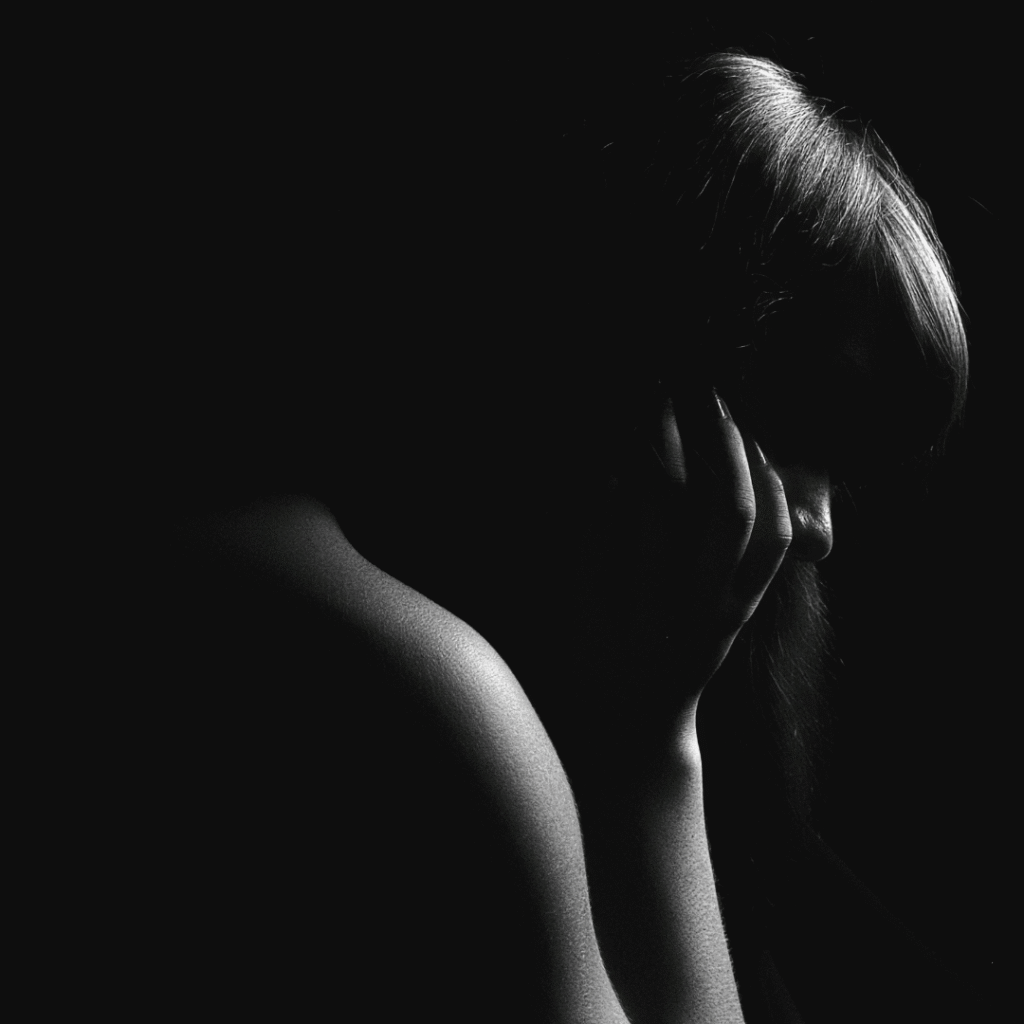Bipolar disorder is a complex mental health condition that affects millions of people worldwide. Often misunderstood or misrepresented, it is characterized by significant shifts in mood, energy levels, and activity patterns. Unlike the everyday ups and downs most people experience, bipolar disorder involves extreme emotional states that can disrupt daily life, relationships, and work. Understanding bipolar disorder is crucial not only for those who live with it but also for families, friends, and society at large. This article explores what bipolar disorder is, its different types, symptoms, possible causes, and how it impacts daily living, along with strategies for self-care and support.
What Is Bipolar Disorder?
Bipolar disorder, sometimes referred to as manic-depressive illness, is a mental health condition that involves dramatic mood swings ranging from high-energy phases known as mania or hypomania to deep periods of depression.

These mood episodes can last for days, weeks, or even months, significantly influencing a person’s thoughts, behavior, and overall functioning. Unlike ordinary changes in mood, bipolar disorder’s highs and lows are more intense and long-lasting, often interfering with one’s ability to lead a stable life.
Types of Bipolar Disorder
Bipolar disorder is not the same for everyone. Mental health professionals recognize different types based on the severity and duration of mood episodes.
Bipolar I Disorder
Bipolar I disorder is defined by at least one episode of mania lasting at least seven days or severe enough to require immediate care. These manic episodes are often followed by depressive episodes lasting at least two weeks. The mood shifts can be intense, and in many cases, both mania and depression cause major disruptions in daily activities.
Bipolar II Disorder
Bipolar II disorder involves patterns of depressive episodes and hypomanic episodes, which are less extreme than full mania. Even though hypomania may not cause the same level of disruption as mania, the depressive episodes in bipolar II disorder can be severe and debilitating.
Cyclothymic Disorder
Cyclothymic disorder is a milder form of bipolar disorder. It includes numerous periods of hypomanic and depressive symptoms lasting for at least two years in adults, but the symptoms do not meet the criteria for full manic or depressive episodes. Although the shifts are less severe, they can still impact quality of life.
Other Specified and Unspecified Bipolar Disorders
In some cases, individuals may experience symptoms of bipolar disorder that do not fit neatly into the categories above. These may be referred to as specified or unspecified bipolar disorders, depending on the situation.
Signs and Symptoms of Bipolar Disorder
The symptoms of bipolar disorder vary depending on whether a person is experiencing a manic, hypomanic, or depressive episode. These episodes differ in severity and frequency, but recognizing the signs is essential for better understanding and support.
Symptoms of Mania
Mania is a state of extreme energy, heightened mood, and impulsive behavior. Common symptoms include:
-
Intense feelings of euphoria or irritability
-
Increased activity, restlessness, or rapid speech
-
Racing thoughts and difficulty focusing
-
Decreased need for sleep
-
Inflated sense of self-confidence or grandiosity
-
Engaging in risky behaviors, such as reckless spending or unsafe activities
Symptoms of Hypomania
Hypomania is a milder form of mania with similar symptoms but less intensity. People may feel more energetic, confident, or productive, but these episodes are less likely to cause severe problems in daily life. However, hypomania can still disrupt relationships and may progress into more extreme mood episodes.
Symptoms of Depression
Depressive episodes in bipolar disorder can be overwhelming and long-lasting. Symptoms may include:
-
Persistent feelings of sadness, emptiness, or hopelessness
-
Loss of interest in activities once enjoyed
-
Fatigue or lack of energy
-
Difficulty concentrating or making decisions
-
Changes in sleep patterns (too much or too little)
-
Feelings of worthlessness or guilt
-
Withdrawal from family and friends
Possible Causes and Risk Factors

The exact cause of bipolar disorder is not fully understood, but researchers believe it results from a combination of biological, genetic, and environmental factors.
Genetic Influences
Bipolar disorder tends to run in families, suggesting a strong genetic component. People with a close relative, such as a parent or sibling, who has bipolar disorder are more likely to develop the condition themselves.
Brain Structure and Function
Studies have shown that differences in brain structure, activity, and chemistry may contribute to bipolar disorder. Abnormalities in certain brain regions that regulate mood and decision-making are often observed in individuals with this condition.
Environmental Triggers
Life events, stress, trauma, or significant changes in daily routines can trigger or worsen bipolar symptoms. While these factors do not directly cause the disorder, they can play a role in how it develops and progresses.
Other Risk Factors
Substance use, sleep disturbances, or highly stressful environments may also increase the likelihood of bipolar episodes. Understanding these risk factors can help in managing and reducing potential triggers.
How Bipolar Disorder Affects Daily Life
Living with bipolar disorder can be challenging, as the mood swings impact every aspect of life. Relationships may suffer during manic or depressive episodes, work performance can fluctuate, and the unpredictability of symptoms often leads to frustration.
During manic episodes, individuals may take on too many commitments, spend money recklessly, or make impulsive decisions that later create problems. During depressive episodes, the lack of motivation and low energy may make it difficult to handle responsibilities, leading to feelings of guilt or self-blame.
Socially, the shifting moods may cause misunderstandings among friends, colleagues, or family members who may not fully grasp the nature of the condition. This highlights the importance of awareness and support systems for those affected.
Myths and Misconceptions About Bipolar Disorder
Bipolar disorder is often misunderstood, which contributes to stigma. Some common myths include the belief that people with bipolar disorder are simply moody, dangerous, or unable to live fulfilling lives. In reality, many individuals with bipolar disorder manage their symptoms successfully and lead productive, happy lives. Misconceptions can discourage people from seeking help or talking openly about their experiences, which makes education and awareness even more vital.
Importance of Diagnosis and Professional Support
Although the symptoms of bipolar disorder can sometimes be mistaken for other conditions such as depression, anxiety, or personality disorders, accurate diagnosis by a mental health professional is critical. Proper evaluation allows for better understanding of the type of bipolar disorder and the creation of strategies for managing symptoms.
Support from therapists, counselors, and support groups can make a meaningful difference. These resources provide coping strategies, stress management techniques, and a safe space to discuss challenges. Seeking professional help should be seen as a positive and empowering step toward self-care and improved well-being.
Self-Care and Lifestyle Management
While professional support plays a key role in managing bipolar disorder, self-care and lifestyle adjustments are equally important. Individuals can take steps to create stability and reduce the impact of mood swings.
Maintaining a Routine
Sticking to a daily routine helps bring structure and predictability. Regular sleep patterns, meal times, and exercise schedules can reduce stress and help regulate mood.
Building a Strong Support System
Having friends, family members, or support groups who understand and offer encouragement makes a significant difference. Talking openly about struggles reduces feelings of isolation.
Stress Management
High stress can trigger episodes, so finding ways to relax is crucial. Activities such as meditation, deep breathing exercises, journaling, or spending time in nature can promote emotional balance.
Recognizing Early Warning Signs
Being aware of mood changes, sleep disturbances, or shifts in energy can help individuals take action before an episode intensifies. Early recognition allows for better coping and prevention.
Healthy Lifestyle Choices
Balanced nutrition, regular physical activity, and limiting harmful substances contribute to overall mental health. A healthy lifestyle supports stability and resilience.
Supporting Someone with Bipolar Disorder
If a loved one has bipolar disorder, offering support requires patience, understanding, and compassion. Listening without judgment, encouraging them to seek professional help, and learning more about the condition are valuable ways to help. It is also important to set healthy boundaries and practice self-care to avoid burnout while supporting someone else.
Raising Awareness and Reducing Stigma
One of the biggest challenges surrounding bipolar disorder is stigma. Negative stereotypes, misinformation, and fear prevent open conversations and discourage individuals from reaching out for help. Promoting awareness through education, advocacy, and community discussions can change the way society views bipolar disorder. When people understand that it is a medical condition rather than a personal weakness, compassion and support replace judgment and isolation.
Conclusion
Bipolar disorder is a serious but manageable mental health condition that affects millions of individuals and their families worldwide. It is defined by episodes of mania, hypomania, and depression that can disrupt daily life but also provide opportunities for growth, self-awareness, and resilience. Understanding the condition, breaking down myths, and promoting supportive environments are essential steps toward building a more compassionate and informed society.
With the right combination of awareness, lifestyle adjustments, and supportive communities, people living with bipolar disorder can achieve stability and lead fulfilling lives. Spreading accurate information and reducing stigma ensures that those affected are not defined by their condition but empowered to thrive despite its challenges.




